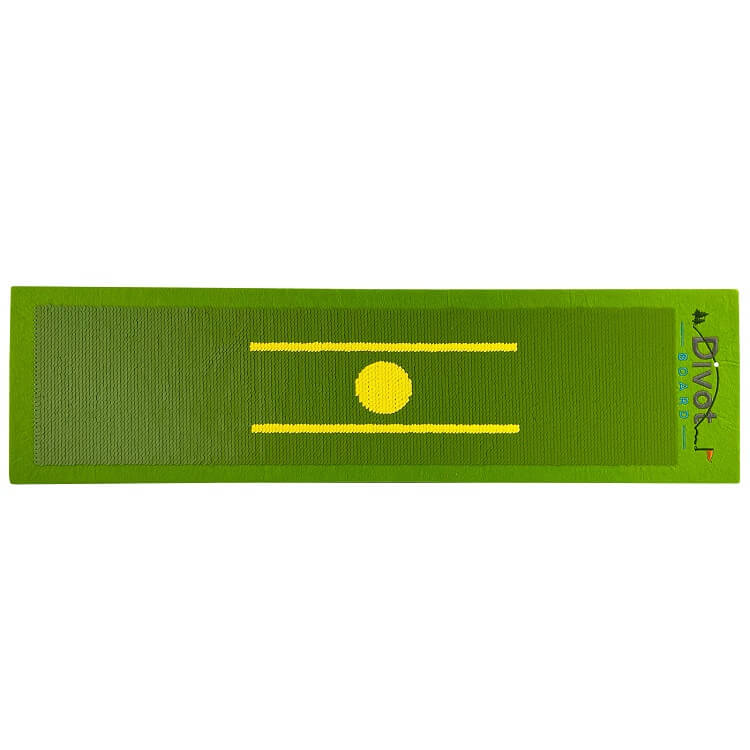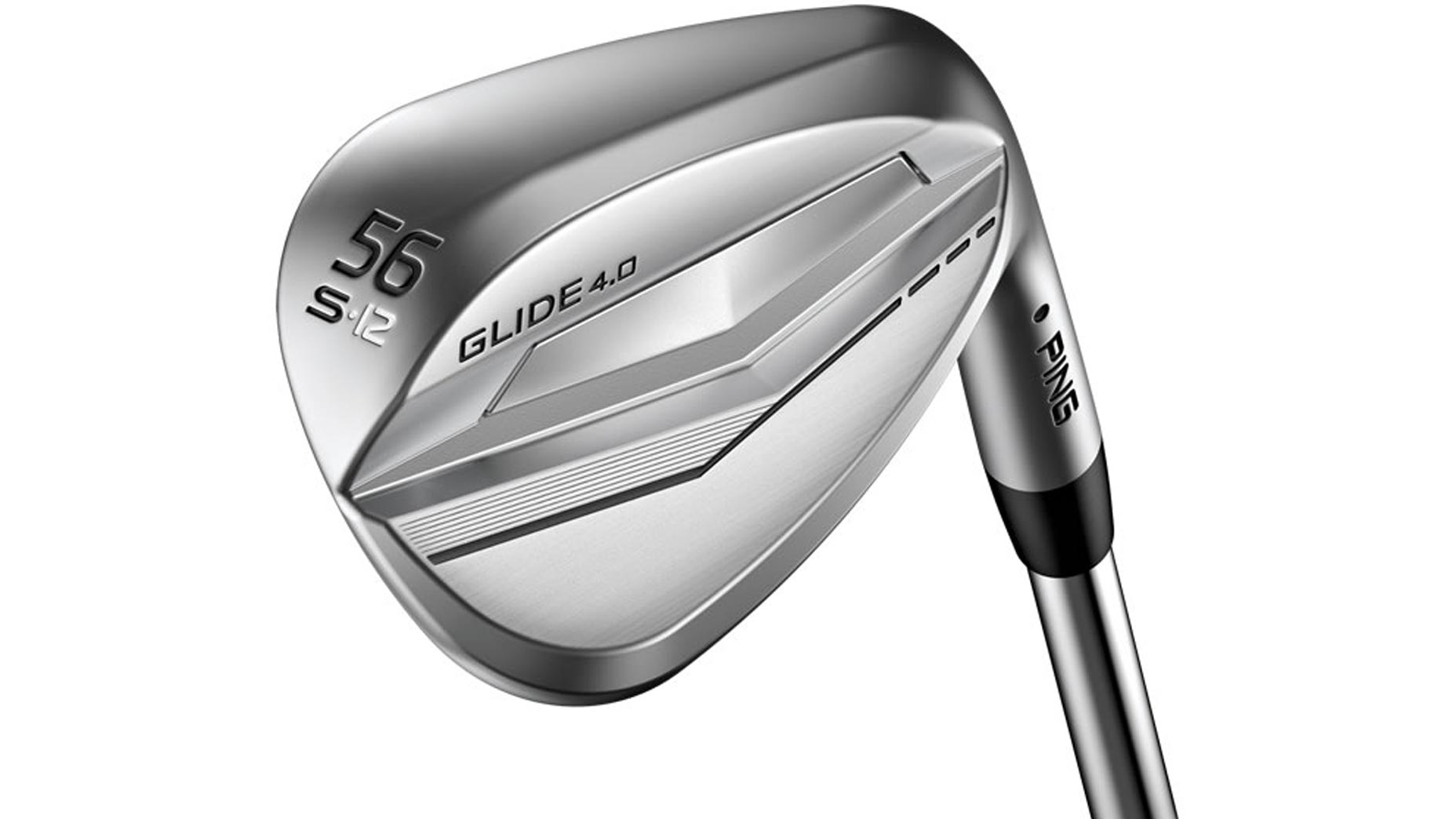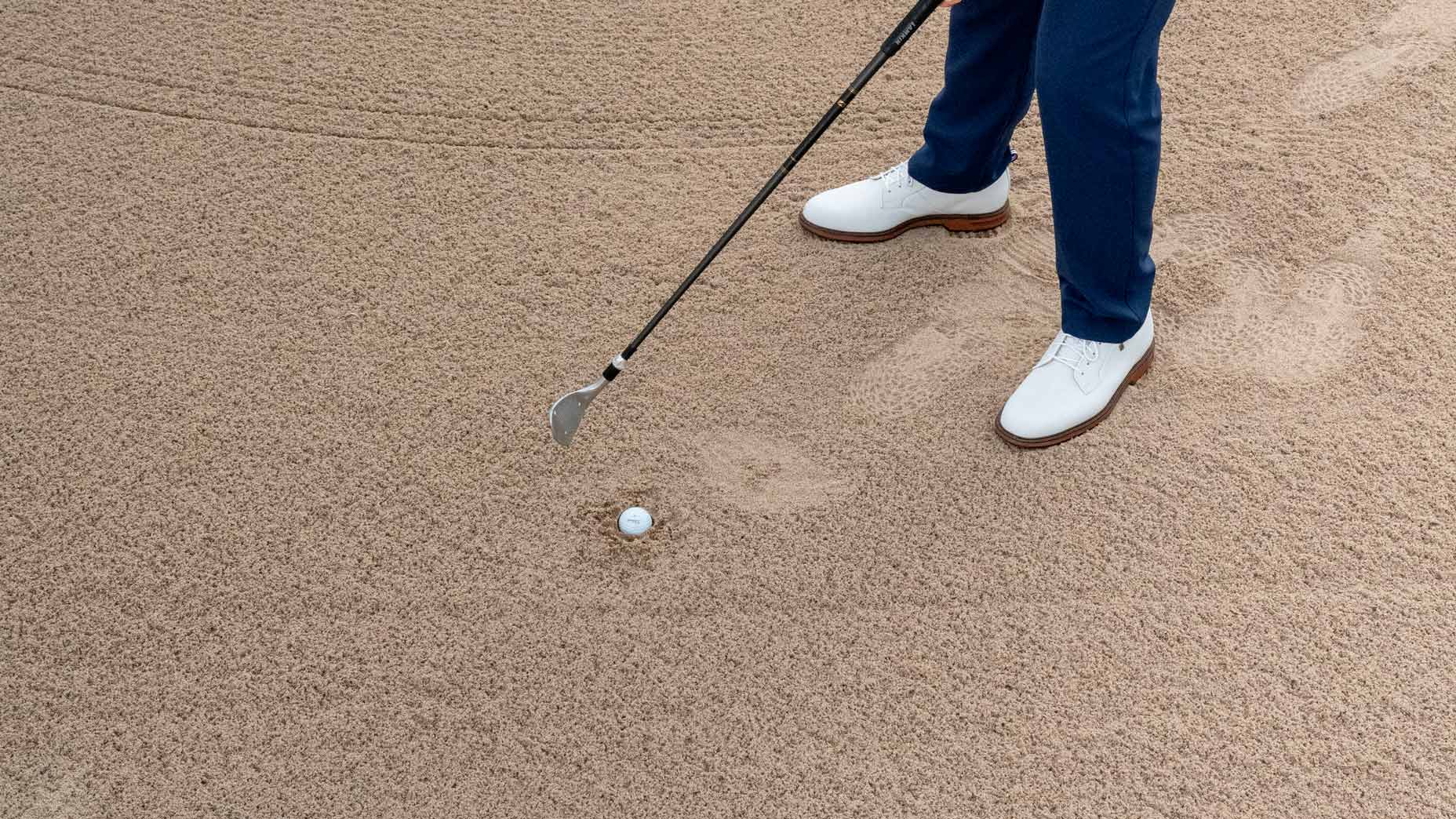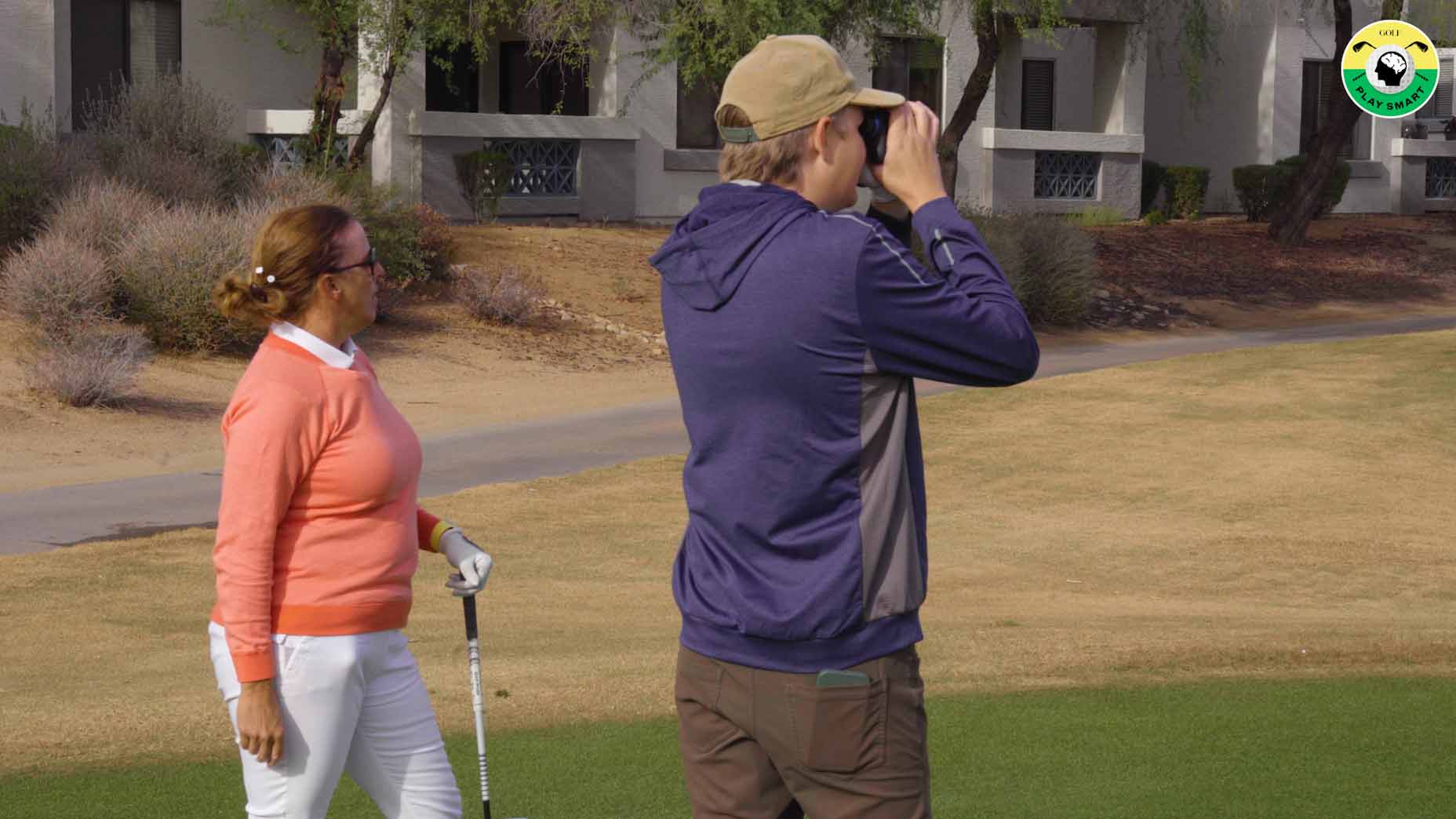3 hand actions that will make you feel like a pro in the short game
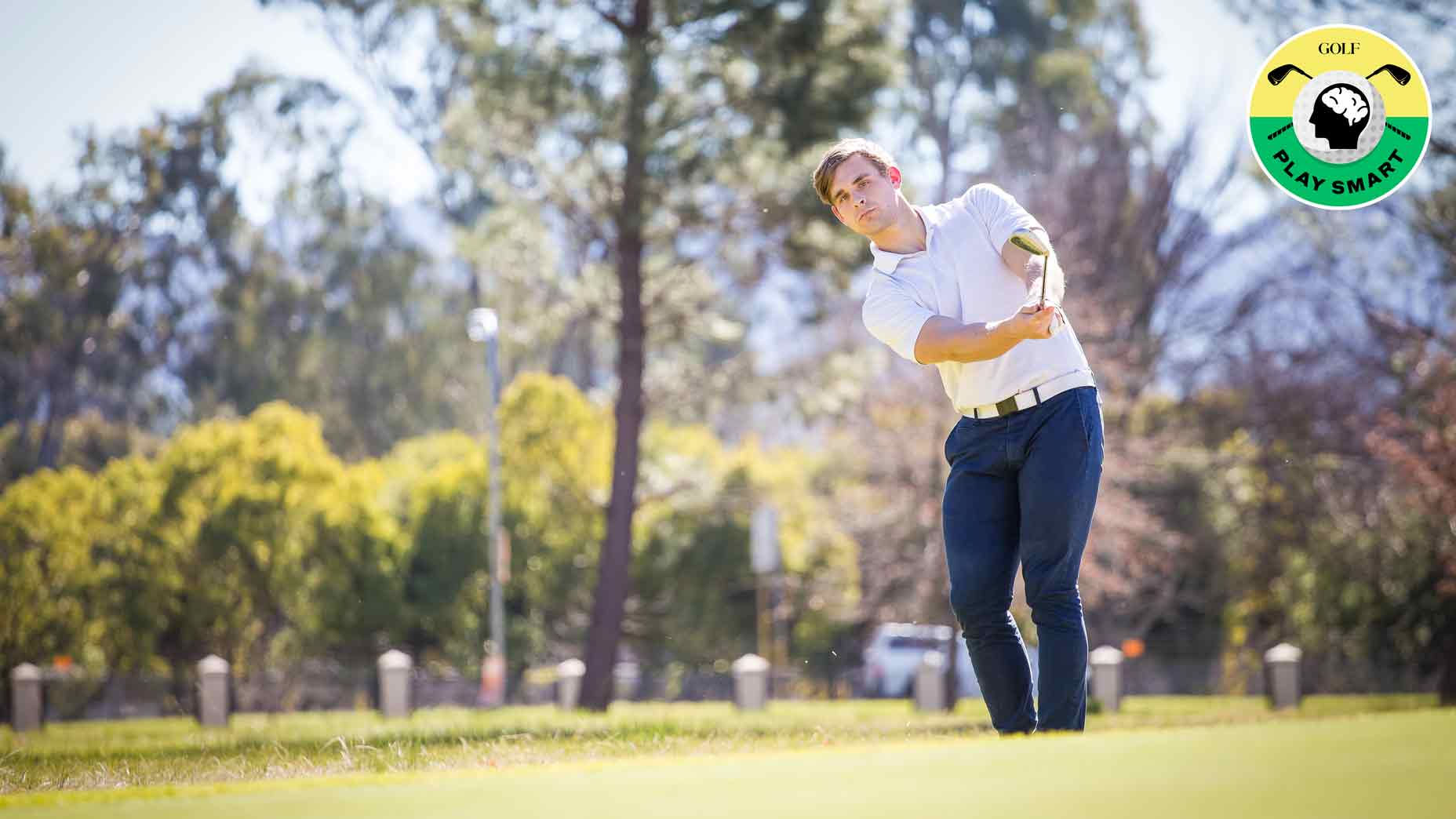
Master these hand actions and start seeing short-game gains.
Getty Images
Welcome to Play Smart, a regular GOLF.com game-improvement column that will help you play smarter, better golf.
If you want to become a better short-game player, it’s important to understand how to manipulate the face of the club to hit the different shots. As every player knows, just pulling out a lob wedge for every shot from the greenside rough isn’t always the right move, as another club — and shot option — might be the better play.
The key to controlling the clubface starts with the hands. Every pro understands how to manipulate the clubface to perfection in the short game. And if you want to work on doing the same, GOLF Top 100 Teacher Todd Sones provides the three basic hand actions to try and master shots around the green.
The three hand actions to help manipulate the clubface in the short game
The pitching hand action
When you’re pitching the ball, it’s a medium trajectory shot, meaning it requires more loft than a chip shot. It’s also the primary shot in all great short games, because it’s used from anywhere between 5-20 yards up to the edge of the green.
The key to getting more loft is allowing your trail palm to rotate so that it faces the horizon, which allows the trail edge of the clubface to point at right angles to the ground in the backswing.
In the downswing, your palm should face the target, bringing the clubface back to square. Then at finish, your trail palm should still be pointing at the horizon on the other side.
A player can also open the face slightly at address, giving you a little more elevation when needed.
The chipping hand action
When you’re chipping, the ball should stay low and run out, depending on the club that you’re using.
When you keep your trail hand towards the ground as you swing the club back, the clubface stays towards the ball, making it easy to strike the ball with a square face and a descending blow, resulting in a low shot.
This shot should only be used when you’re inside of about five paces to the green with no elevation.
The lob hand action
For a lob shot, the goal is to slide the club underneath the bottom of the golf ball, which lifts the ball high into the air.
The key to this shot is being able to rotate the trail palm towards the sky in the backswing, allowing the face to open up. This will help add a tremendous amount of loft in the downswing.
Equally important is releasing the club so that your palm points back towards the sky to keep the loft on it, giving you a high floating trajectory and a soft landing.
Keep in mind that the lob shot is the highest risk shot in the short game, and should only be used when absolutely necessary.


